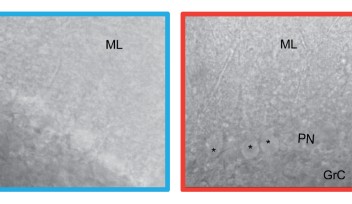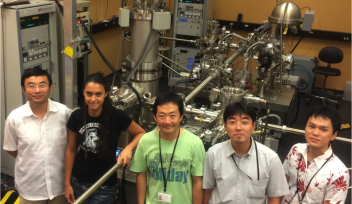Cone and rods in the retina of the zebrafish.

A: Zebrafish retinas at 3 days-post-fertilization (dpf). The neural retina consists of six major classes of neurons including two types of photoreceptors, rods and cones. B: Rod and cone photoreceptors function under the dim and normal light condition, respectively. They have a very specialized apical membrane structures called the outer segment (OS), in which phototransduction molecules function. Genetic defects cause photoreceptor degeneration, which are majorly classified into rod-cone dystrophy called retinitis pigmentosa (rods initially degenerate, followed by cone degeneration), cone-rod dystrophy (cone degeneration, followed by rod degeneration), and Leber congenital amaurosis (LCA). LCA is a severe disease with congenital loss of both cones and rods at early stage. Degenerated photoreceptors are shown here in dark grey.
Copyright OIST (Okinawa Institute of Science and Technology Graduate University, 沖縄科学技術大学院大学). Creative Commons Attribution 4.0 International License (CC BY 4.0).
Tags














